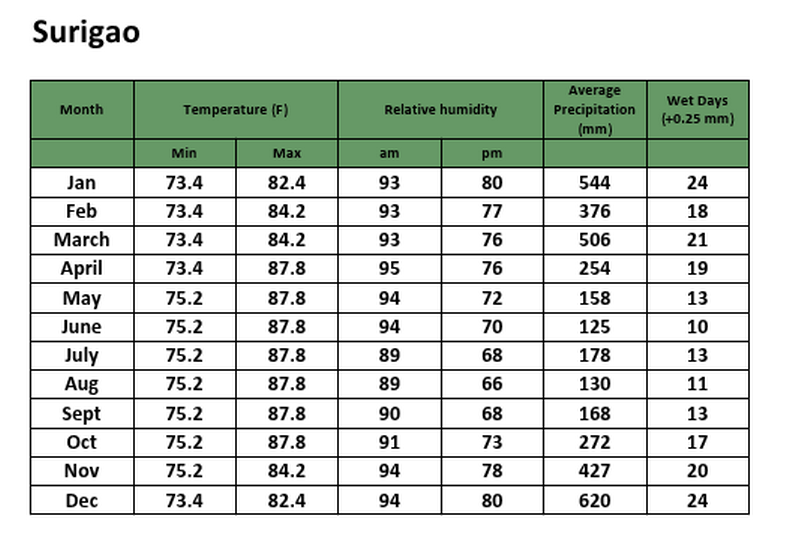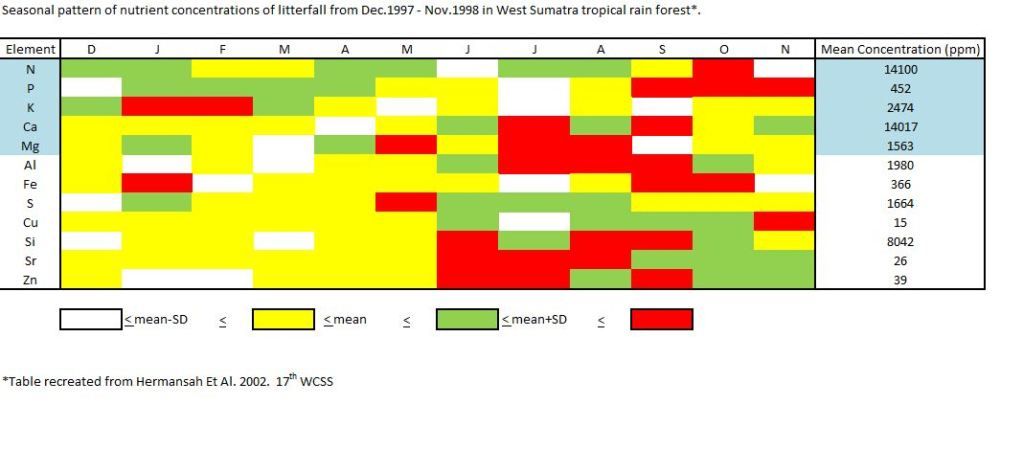Stone
Well-Known Member
While researching some habitat info on the paphs from the Philippenes, I borrowed a book from our club library and found some interesting info. So I thought I'd post it here for those interested and also so I can go back to it when I need to.
acmodontum
Negros, to 1000mt. distinct wet/dry cycle
adductum
Epiphyte on Mindanao 1250 to 1350 mt. Rain all year.
anitum, same but lower elevation. (warmer)
argus
Negros Orientale above 600mt Wet/Dry.
ciliolare
Mountain Province in Luzon and others. Between 300 and 1300mt.
Rain all year.
fowliei
Palawan Is. Up to 700 mt. Wet/Dry.
haynaldianum
Surigao del Norte, Mindanao. Up to 1500mt. Rain all year.
hennisianum
Bukidnon on Mindanao. To 500mt. Rain all year.
parnatanum
Tarlac Provice on Luzon, 700mt amoung moss/grass.
Lots of air movement. Wet/Dry.
randsii
Surigao del Norte and Surigao del Sur on Mindanao.
Epiphyte to 500mt. Rain all year.
roebbelenii
Rizal on Luzon to 500mt? Rain all year.
urbanianum
Oriental Mindoro on Mindoro. Between 500 and 800mt. Shade, rain all year.
acmodontum
Negros, to 1000mt. distinct wet/dry cycle
adductum
Epiphyte on Mindanao 1250 to 1350 mt. Rain all year.
anitum, same but lower elevation. (warmer)
argus
Negros Orientale above 600mt Wet/Dry.
ciliolare
Mountain Province in Luzon and others. Between 300 and 1300mt.
Rain all year.
fowliei
Palawan Is. Up to 700 mt. Wet/Dry.
haynaldianum
Surigao del Norte, Mindanao. Up to 1500mt. Rain all year.
hennisianum
Bukidnon on Mindanao. To 500mt. Rain all year.
parnatanum
Tarlac Provice on Luzon, 700mt amoung moss/grass.
Lots of air movement. Wet/Dry.
randsii
Surigao del Norte and Surigao del Sur on Mindanao.
Epiphyte to 500mt. Rain all year.
roebbelenii
Rizal on Luzon to 500mt? Rain all year.
urbanianum
Oriental Mindoro on Mindoro. Between 500 and 800mt. Shade, rain all year.





